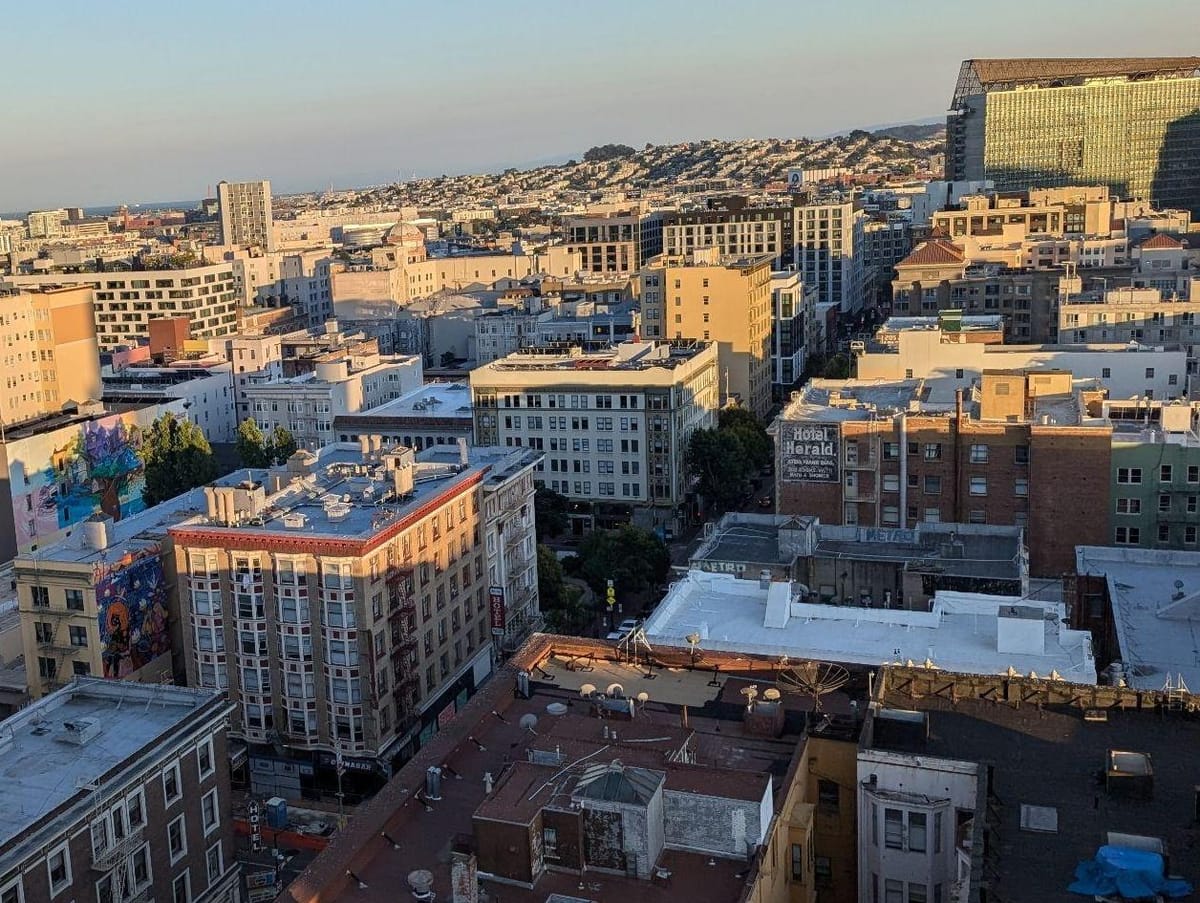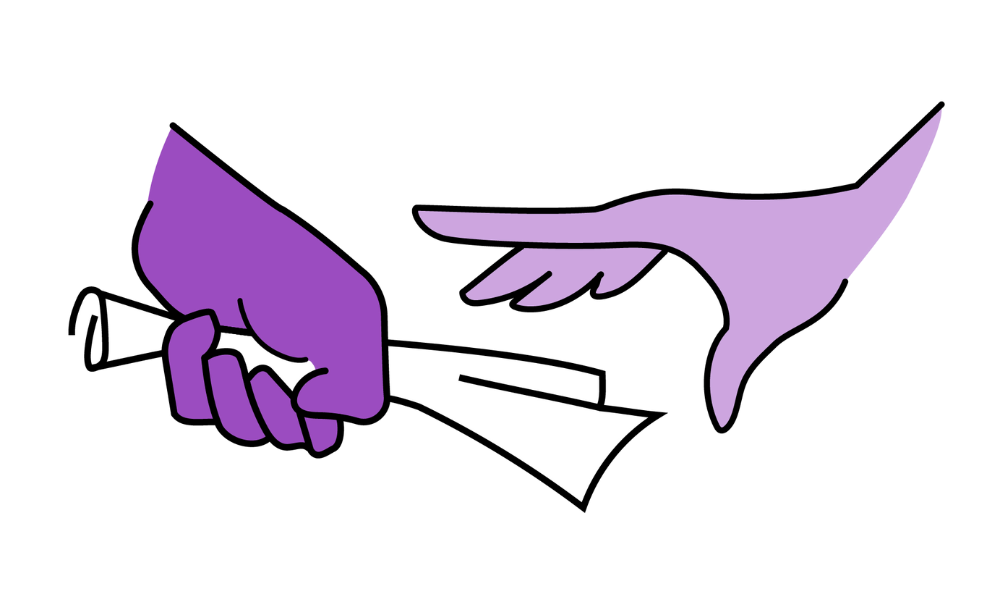A reporting gold mine: this community’s plan for its future
The Tenderloin's road map is many years in the making, and aims to address the area's challenges.

Last week we talked about how the Tenderloin community, in San Francisco, knows what it needs.
That’s true on so many levels. It’s not just that they know what they want from our forthcoming newsroom — including a community calendar, the power to tell their own stories, and investigative journalism.
They also know what fixes they want to the neighborhood’s challenges.
This week I’ll tell you a bit about Vision 2020, a document that imagines a future Tenderloin where the public space is well tended to, people feel safe and secure, and locals have access to ample resources and jobs. I’ll also talk about the Tenderloin Community Action Plan, known to locals as TCAP (“tee-cap”), which synthesized a set of requests to the government out of Vision 2020.
For our newsroom, Vision 2020 and TCAP together offer a rich vein of stories. We might start by mapping out the community’s requests — giving special attention to those that seem most pressing — and what it would take to get them done. The shrinking city budget is an issue, of course. But take it from this politics and governance reporter: It’s always more complicated than that.
Vision 2020
The year was 2017. The Tenderloin People’s Congress, freshly formed to help give the area a voice, began a monumental effort to gather community opinions about the changes the neighborhood needed.
The Congress’ members held community meetings, canvassed, knocked on doors, and handed out surveys, ultimately connecting directly with over 1,200 people. The result was Vision 2020 — about a dozen pages, containing 100 things that denizens wanted. The proposed solutions ran the gamut, including changes to public spaces, rules governing businesses, and resources for homeless people.
At its heart, Vision 2020 was a plan to build up the Tenderloin and fix its problems without gentrifying it and displacing the people who already lived there, and whose incomes generally fell below the citywide average. Vision 2020 imagined wider, cleaner sidewalks; more green spaces; more police foot patrols; a new commercial corridor with businesses that employed and were run by locals, and that received city subsidies to ease startup costs; a new, inexpensive grocery store; a cultural, arts and performance center; and a strengthened relationship between community representatives and city officials, to help these and other changes happen.
Perhaps most audacious were Vision 2020’s recommendations on homelessness. They included a new “Good Neighbor Sites” program, which would let unhoused people camp, unbothered, on parts of the sidewalk, where they could also receive mail. In exchange, they would keep the areas around them clean, refrain from open drug use, and generally act as good neighbors to nearby businesses and passersby.
Tenderloin Community Action Plan
The Tenderloin Community Action Plan later sought to operationalize Vision 2020’s mission while responding to the major issues of the day. It packaged ideas for city officials to easily take up and deploy.
In 2022, then-mayor London Breed allocated $4 million to the plan’s items — nothing to sniff at, but far less than what would fully fund it. The money covered many things, including sidewalk cleanings and the Safe Passage program, which escorts children through the Tenderloin’s streets.
The plan’s other items included things that Vision 2020 had requested, like cleaner public spaces, and it also pushed for more street ambassadors and better lighting; better coordination between the ambassadors and other local teams; policing that got rid of drug-dealing hot spots; weekly events; works of public art; improved cultural competency in various programs, so that non-English speakers could access them more easily; and increased rent assistance to vulnerable households. The plan advised streamlining bureaucracy where possible, and publishing data and maps so that the public could easily track how the city carried out the plan.
The Tenderloin Community Action Plan also emphasized ways to help young people — fitting, because the Tenderloin is the San Francisco neighborhood with the highest concentration of children. The plan envisioned a Children’s Safe Zone near the neighborhood’s center, with more police officers, murals, visibility, and other elements. And the Golden Gate Greenway — a years-old initiative that has been partially implemented — would convert traffic lanes to pedestrian walkways, with lush greenery and parklets where people could sit, eat, and socialize.
In the lead-up to this year’s budget deliberations at City Hall, the Tenderloin community brought an updated version of the plan to officials. My team was there when they packed the room, taking turns describing how vital their recommendations were.
Yet in the budget that Mayor Daniel Lurie and the Board of Supervisors approved — and for which they needed to close an $800 million deficit — the plan didn’t receive any new funding.
The Tenderloin community, of course, is undeterred.
Its members continue to meet with city officials and work toward bringing more facets of the plan into being. I am certain they will prevail over time.
Our hope, at News Relay Network, is that we can help that happen by keeping this topic alive in the public dialogue.
